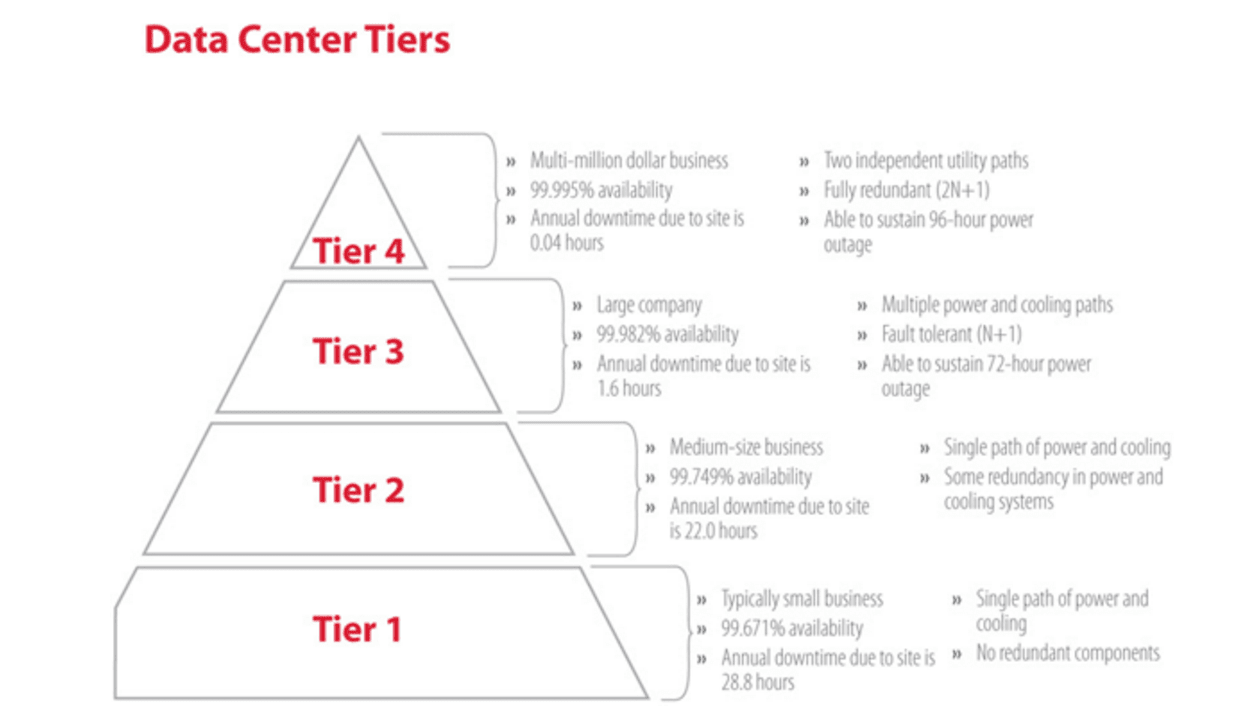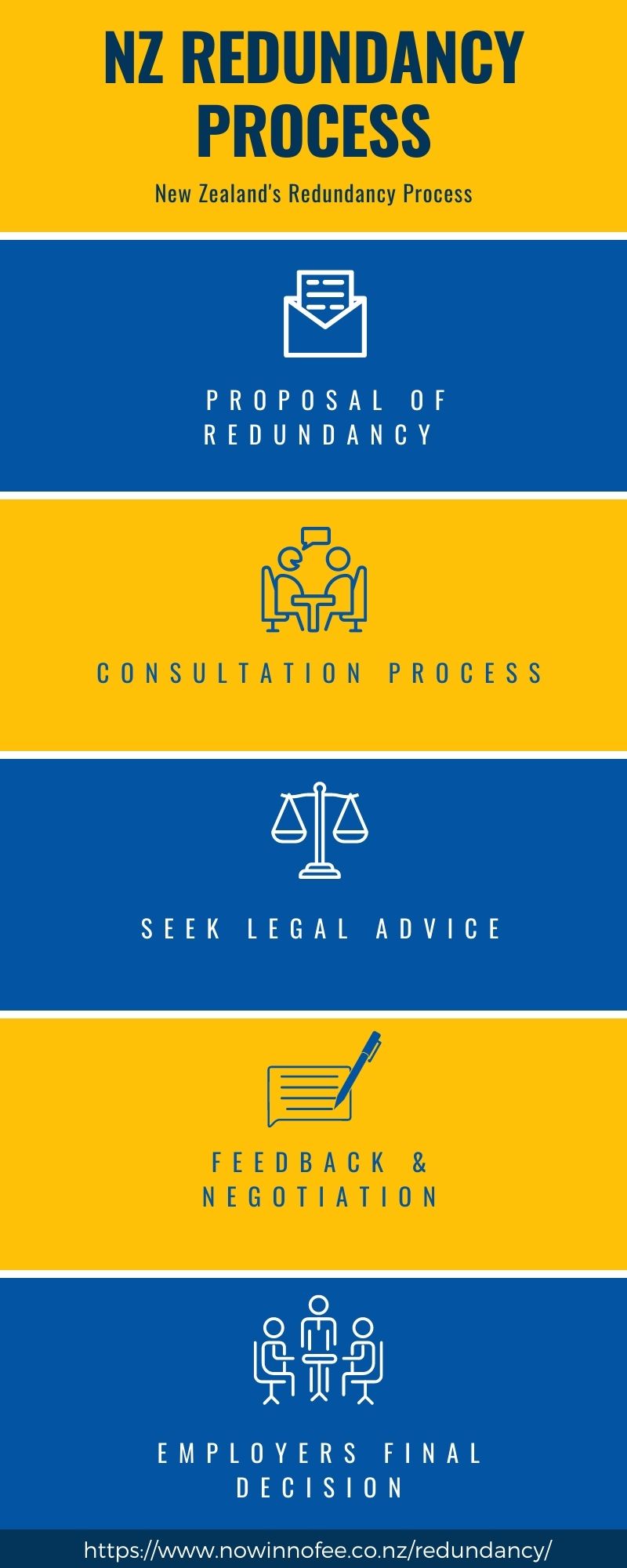Your Rights to Redundancy If Company Goes Bust: UK Employee Protections
Your Rights to Redundancy If Company Goes Bust: UK Employee Protections
Blog Article
Checking Out the Operational Characteristics of Firm Redundancy and Its Long-Term Sustainability

Redundancy Techniques for Service Continuity
In order to make certain uninterrupted procedures, companies have to implement effective redundancy strategies for service continuity. Redundancy in this context refers to the duplication of essential elements or features within a system to minimize the influence of potential failures. By integrating redundancy approaches, companies can boost their resilience against disruptions triggered by numerous elements such as natural catastrophes, devices failures, or cyber-attacks.
One typical redundancy method is the execution of back-up systems and data storage options. This entails creating duplicates of essential information and systems that can be turned on in instance of a primary system failure. Furthermore, companies can establish redundant interaction networks and source of power to keep connection and procedures throughout unexpected events.
Moreover, cross-training workers to do several functions within the company can offer as an important redundancy method. This makes sure that crucial jobs can still be lugged out also if key employees are inaccessible as a result of illness or various other reasons. Overall, efficient redundancy strategies are necessary for services to maintain functional continuity and lessen the influence of possible interruptions.
Influence of Redundancy on Organizational Resilience
Offered the crucial function redundancy strategies play in guaranteeing service continuity, discovering the effect of redundancy on business resilience ends up being vital for understanding the alternative functional characteristics of a business. Business resilience refers to an entity's capability to adjust to interruptions, recover from troubles, and transform when essential while keeping core features. Redundancy, when tactically implemented, can significantly add to boosting a company's resilience in the face of unanticipated difficulties. By having backup systems, personnel, or processes in position, business can much better hold up against shocks and continue procedures with marginal disturbance.
Furthermore, redundancy can cultivate technology and creative thinking within an organization as staff members feel encouraged to take calculated threats, recognizing that there is a security web to sustain them in situation of failing. In general, the effect of redundancy on business strength is profound, shaping the lasting sustainability and success of a company.
Stabilizing Effectiveness and Adaptability in Redundancy
Achieving an unified balance between functional performance and adaptive flexibility is an essential challenge in the calculated release of redundancy within organizations. Effective operations are important for keeping efficiency and cost-effectiveness, making certain that resources are made use of ideally. Nonetheless, too much focus on effectiveness alone can bring about rigidity, making it challenging for organizations to adapt to unpredicted adjustments or obstacles. On the other hand, adaptability permits organizations to react nimbly to advancing circumstances, cultivating technology and strength. Yet, way too much versatility without a solid operational foundation can lead to ineffectiveness and disparity.
To stabilize performance and versatility in redundancy preparation, companies have to thoroughly evaluate their functional needs, market characteristics, and calculated goals. Executing lean practices can improve effectiveness by enhancing procedures and removing waste, while promoting a society of adaptability and continual improvement can improve adaptability. Furthermore, investing in cross-training programs and durable interaction networks can assist grow a versatile labor force capable of taking care of varied tasks throughout durations of transition. Ultimately, discovering the best stability between performance and flexibility is critical for constructing a durable and sustainable company when faced with uncertainty.
Long-Term Sustainability Through Redundancy Planning
To guarantee enduring practicality and stability, organizations have to strategically straighten their redundancy preparation with long-lasting sustainability objectives, therefore harmonizing operational performance with adaptive adaptability. Long-lasting sustainability via redundancy planning entails even more than simply short-term cost-cutting steps. It needs an extensive calculated strategy that anticipates future challenges small business closing employee rights uk and chances. Companies must see redundancy not as a reactive service to instant troubles however as an aggressive method for long-term success. By incorporating redundancy preparation with sustainability objectives, companies can develop a resilient framework that can hold up against different market variations and internal modifications.

Aggressive Procedures for Sustainable Firm Operations
Exactly how can business proactively enhance their operational sustainability for long-lasting success? Implementing aggressive measures is essential for firms intending to make certain sustainable operations.
Additionally, fostering a culture of continuous renovation and understanding within the organization can improve versatility to transforming market conditions and consumer demands. Urging staff member involvement in decision-making processes and supplying chances for specialist advancement can enhance morale, efficiency, and overall efficiency. Establishing clear objectives, monitoring essential performance indications, and routinely evaluating progression are essential elements of positive sustainability monitoring.
Collaborating with distributors, customers, and other stakeholders to promote lasting practices throughout the supply chain can develop a surge impact of favorable effect - redundancy pay if company goes bust. By taking positive steps towards operational sustainability, companies can build durability, drive technology, and protect their long-term success in an ever-evolving business landscape
Final Thought

In the world of organizational management, the tactical release of business redundancy stands as a critical yet elaborate method that demands a fragile equilibrium in between operational efficiency and lasting stability. By dissecting the functional dynamics that underpin firm redundancy and evaluating its more comprehensive effects for business durability and versatility, a nuanced understanding of exactly how redundancy approaches can shape the future trajectory of a company starts to unfold.Given the vital duty redundancy techniques play in making sure business continuity, checking out the impact of redundancy on business strength comes to be imperative for recognizing the holistic functional characteristics of a firm. Generally, the influence of redundancy on organizational resilience is profound, forming the long-lasting sustainability and success of a business.
In final thought, comprehending the functional dynamics of business redundancy is crucial for making sure long-term sustainability.
Report this page